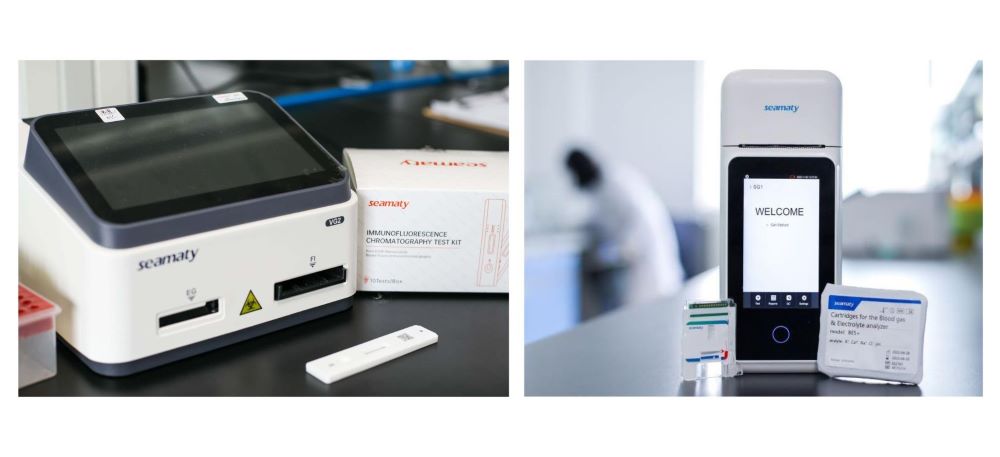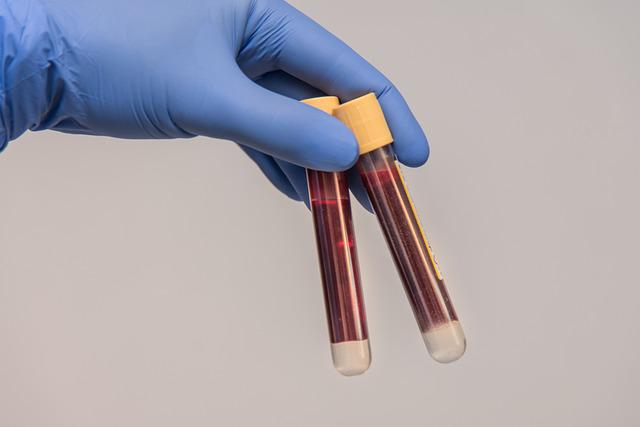release time:2024-05-14 14:07:37
Blood gas analysis is a vital tool in a doctor's arsenal, offering a window into a patient's internal environment. By measuring key parameters in arterial blood, it helps diagnose and manage critical conditions like diabetic ketoacidosis, chronic obstructive pulmonary disease (COPD) exacerbations, and respiratory failure.
This blog post dives into the fascinating world of blood gas analyzers. We'll explore how these machines work their magic, unveil their internal structure, and explain how they play a crucial role in saving lives.

Imagine blood gas analysis as a detailed report on the health of your blood. A blood gas analyzer measures three key parameters:
Think of partial pressure as the amount of pressure exerted by a specific gas in a mixture of gases. In the case of blood, pCO2 and pO2 tell us how much carbon dioxide and oxygen are dissolved in the blood, respectively.
The blood gas analyzer works like a miniaturized laboratory, performing a complex analysis in mere seconds. Here's a breakdown of the magic behind the scenes:
Sample Introduction: Blood is drawn from an artery and introduced into the analyzer using a negative pressure suction system.
Electrode Contact and Reaction: The blood sample comes into contact with specialized electrodes:
Signal Conversion: Each electrode converts the measured parameter (pH, pCO2, or pO2) into a corresponding electrical signal.
Processing and Display: The electrical signals are amplified, converted into a digital format, and sent to the analyzer's microcomputer. The microcomputer processes the data, calculates the final results, and displays them on a screen or prints them out.
The blood gas analyzer is a marvel of engineering, consisting of three key components:
Blood gas analyzers are life-saving tools that provide crucial information for diagnosing and managing a wide range of medical conditions. While requiring arterial blood for analysis (unlike some other blood tests), these machines offer a wealth of information that helps doctors make informed decisions and save lives.

2022-02-18
A biochemistry test is a biochemistry analyzer that measures the levels of enzymes, proteins, lipids and other metabolites in the blood to determine the function of various systems and organs.

2021-11-22
1. Hemolysis: Hemolysis is one of the most common interfering factors in clinical biochemical tests. Hemolysis is the rupture of red blood cells in the blood. The contents of the red blood cells enter the serum. As a result, the concentration or activity of the biochemical test substance is affected.

2021-11-17
In the previous article we learned why animals need to do Physical exam, Blood test and Thyroid panel, what is the use of doing these tests? In addition to these tests, the Heartworm antigen test, FeLV/FIV test, Fecal exam, and X-ray are also necessary for the veterinarian to better understand the physical condition of the pet. So what is the purpose of these tests?